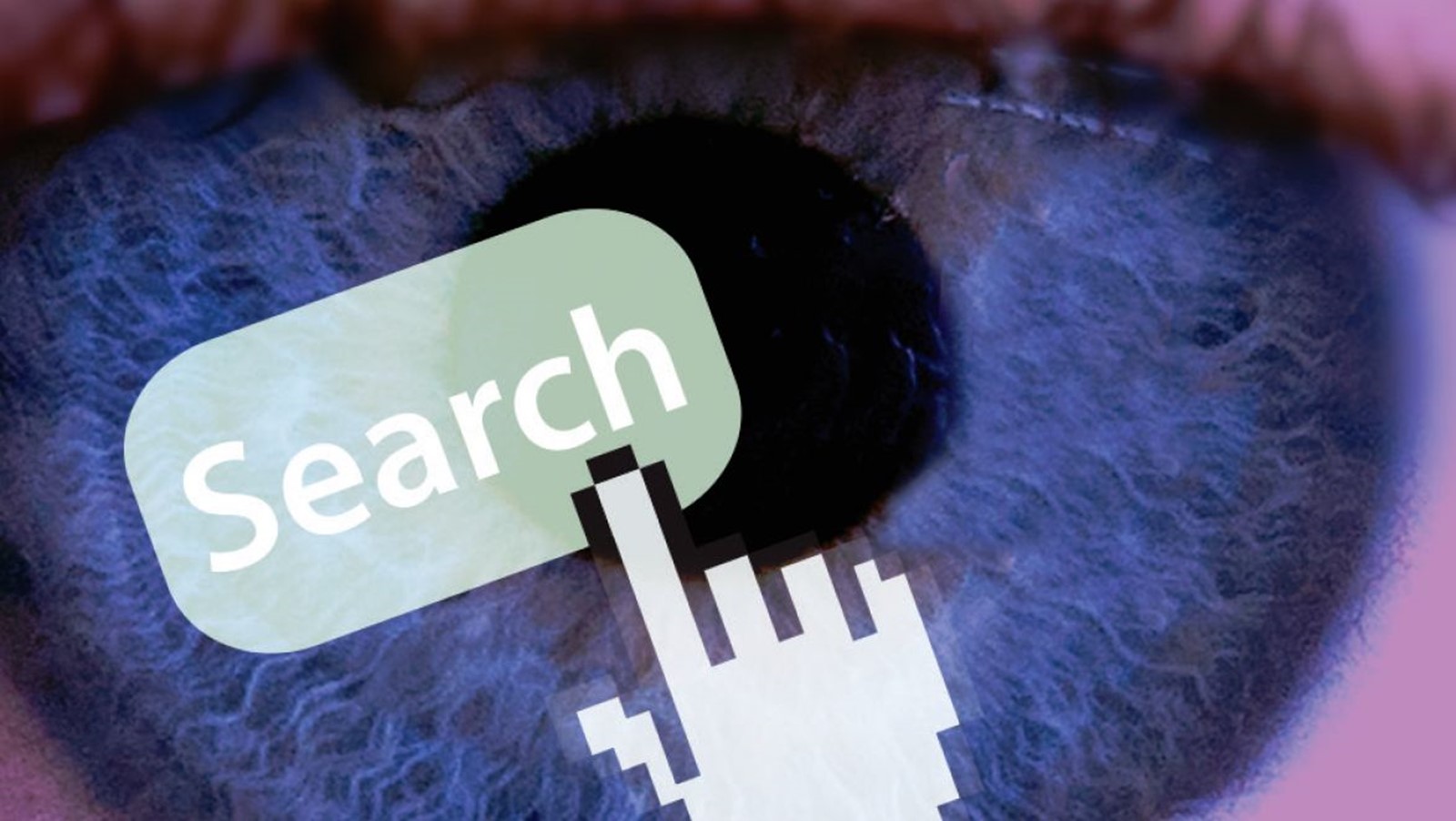Working with sex offenders is not for all therapists and yet it is likely that workplace counsellors will encounter sex offenders who become their clients through their employer’s counselling service or EAP provider. When I use the term ‘sex offender’, I am covering everything from looking at child pornography, touching children, flashing and voyeurism through to adult rape.
I think the general public has a perception that a sex offender is a really creepy person with a strange energy about them. My experience, having met a lot of them, is that they are like you or me. Three per cent of men1 are attracted to children more than they are to adults. Most of us know about two hundred people, so that means we are all likely to know at least three men who are technically paedophiles (i.e. they have a primary or exclusive attraction to pre-pubescent children). But just because they have an attraction to children, it doesn’t mean they are a child molester.
Sex offenders are frequently demonised and dehumanised in the media, and can evoke hostile feelings. This article aims to challenge some common misconceptions about sex offenders and provide a context for the prevalence of sexual offending in the workplace. It offers some guidance to therapists who find themselves working with a client who has committed, or is at risk of committing, a sexual offence. I will also outline the work of the Specialist Treatment Organisation for the Prevention of Sexual Offending (StopSO), an organisation that provides psychotherapy and counselling for people at risk of sex offending or reoffending.
About StopSO
My own interest in working with this client group started when I was being approached by clients who had crossed a line. One client was making indecent phone calls; another was looking at child pornography while he was at work. They knew they needed help, but they didn’t know where to turn. At the same time, I was hearing about therapists turning these clients away. Then, via a colleague, I heard of a convicted sex offender who, during treatment, said: ‘If I could have accessed help earlier, I would have stopped. I wanted to stop but I couldn’t find help anywhere.’ That was the final push for me, and I got together with some colleagues in 2012 to set up StopSO.
Our first task was to train the therapists. We started running courses to teach experienced therapists how to work with this particular client group. StopSO received a subsidy from the Gwent Police and Crime Commissioner’s Fund and that allowed us to do a pilot project, running subsidised training for therapists. We’ve learnt that when we subsidise our trainings, we fill twice as many places on our courses. We train counsellors and psychotherapists from any orientation or background, and now have over one hundred and twenty-five therapists who are trained or in training across the UK.
The next stage for StopSO is to start to let the public know that we exist and that support is available. That said, even without letting the public know, we are getting three referrals a week. Our referrals have gone up by two hundred and twenty per cent in the last six months, mostly from people who Google ‘sex offender help’. Clients are asking for help because they know that what they are doing is not right and they really want to change their behaviour.
About offenders
Sex offenders come from all walks of life and intellectual abilities. Therefore, it’s possible that workplace counsellors working with an in-house service or engaged by an EAP will encounter clients who need to talk about their sexual behaviour or their risk of offending.
Another misconception is that people think, ‘once a sex offender, always a sex offender’. The statistics tell us a different story, as sex offenders have surprisingly low reconviction rates. The reoffending rate for theft is forty-two per cent, but the reoffending rate for adult sex offenders is only 12.1 per cent, according to Ministry of Justice figures to July 2013.2 For the most serious sexual offences it is even lower, at just 0.4 per cent.2
Many sex offenders are employed and in work, so if there is counselling available via their employer, and they trust that it’s a confidential service, it’s an issue that could easily emerge. Most therapists have experienced a client coming to therapy for one thing, and then discovered that the client had a deeper reason for being there. The recent high profile sexual abuse cases have made greater numbers of offenders realise that their behaviour is wrong and they might get caught. People are getting braver about reporting it if it happens, and of course it can happen at work. However, the internet has had the most dramatic impact on how people access pornography and its prevalence in our workplaces.
Pornography at work
It’s shocking but in 2013, sixty-seven per cent of UK companies admitted they had caught someone in the past twelve months looking at pornographic material in the workplace.3 In February 2010, the number of people using a work computer to visit sexually oriented websites was as high as twenty-eight per cent, according to research conducted by The Nielsen Company.4 In 2013, a Freedom of Information request indicated that nearly three hundred thousand attempts to access websites categorised as pornography were made from computers within parliament.5 In 2012, the deputy leader of Leicestershire County Council stepped down after admitting watching hardcore pornography on a work laptop.6 Research shows that about seventy per cent of all web traffic to internet pornography sites occurs between nine am and five pm.7 It’s happening at work, and we cannot pretend that it isn’t.
Of course, many employers will have policies on this and run spot checks on computers to find employees who’ve been accessing or downloading pornography. ‘Most of this pornography will be legal, but some employees will be visiting illegal sites showing extreme pornography such as bestiality, necrophilia or child abuse images.’
It may seem incongruous that people behave in this way, while knowing the risks of detection, but sometimes people don’t want to access porn at home so they do it at work instead. For some, perhaps the danger is appealing. As we know, stress increases the likelihood of acting out, so people in high-stress jobs might be more likely to engage in risky behaviour.
Impact on families
The family are often the unacknowledged victims behind the behaviour of sex offenders. Ninety-five per cent of sex offenders are male.8 Just imagine that your husband or son is accused of committing a sexual offence and how that might affect you; and the shame of telling your friends. At a practical level, if your husband has been convicted of child abuse and you work in a nursery or you are a teacher, you may lose your job, as you may be ‘disqualified by association’. So the impact on the partner and the family is huge at every level: emotionally, socially and economically. It seems that offenders rarely think of the consequences of looking at child pornography. It feels safe as it’s happening in their own home, or office. What they don’t often realise is that if they do get caught, they will not be able to spend any unsupervised time with their own children – but this is usually the reality. In the workplace setting, you could see a client who is the partner of a sex offender.
Many clients know that looking at child pornography is wrong and want to stop, but they need therapeutic help to do that. For others, the therapy is essential to understanding the impact of their behaviour. I have heard clients say: ‘What is really wrong with looking at child pornography? No one gets hurt.’ That is when I look the client in the eye and explain that I also have clients who come to see me in their forties, and their whole life has been damaged because someone took indecent images of them as a child and sexually abused them. I explain that the photograph that was taken of a girl when she was eight years old will still be circulating when she’s 48 and she knows that hundreds of thousands of people have masturbated to that image. I’ve had clients say; ‘I’ve never thought of it like that.’
Get expert advice, supervision or training
If you find yourself in the therapy room with a client who has, for example, admitted to looking at child pornography, remember to keep breathing. Therapists who find themselves in uncharted waters can contact StopSO, and we will find a specialist supervisor to provide one-off advice over the phone, or regular supervision if your own supervisor does not have experience with this client group.
Counsellors and psychotherapists can come on our StopSO training to prepare for working with these clients. We provide individual training days, covering everything from the legal and ethical perspectives, to risk assessment, treatment, paedophilia, working with the partners of sexual offenders, and working with sexually abused people who become abusers.
Know your limitations
Not everyone wants to or can work with this client group, and that is OK. But it is important to know where to send clients. Therapists can refer clients who are at risk of committing a sexual offence (or re-offending) to StopSO, or they can give the client the website details and clients can self-refer.
Understand the legal position
It is important that therapists know the law and their legal and ethical obligations, so that they give a proportionate response and don’t overreact. I am surprised how many counsellors are mistaken in their knowledge. Some counsellors think that if they hear about harm to another person, they have a legal obligation to report that. That is actually not true for therapists who are working in private practice. If I knew someone was accessing child pornography this afternoon, I have no legal obligation to report that, and StopSO has a letter from the Home Office, confirming that. For therapists working in the NHS (and most statutory agencies), they will have a duty to report harm to another person under their contract of employment, but it is still not a legal duty to report (though they are at risk of losing their job if they don’t). As with any risk issue involving potential harm by a client to a third party, I could decide to report this risk to the authorities, even without client consent, if this action was judged to be ‘in the public interest’.
So, if it is not a legal duty, then it becomes an ethical choice and each counsellor has a decision to make. In making that decision, it is important that BACP members should ensure that they are working within the BACP Ethical Framework for Good Practice in Counselling and Pyschotherapy.9 BACP’s new Ethical Framework for the Counselling Professions10 will be formally adopted and will replace the existing one on 1 July, 2016. See also BACP’s Good Practice in Action 014 Legal Resources for Counsellors and Psychotherapists, in particular, Breaches in confidentiality.11 Personally, I would report a contact offence with a child. But, if I was working with a client who’d accessed child abuse images on the internet, who was genuinely reducing how often they viewed this material, I might choose not to report them. I take this stance, even though I know a child is harmed to create those images. But as a child protection issue, and provided I am convinced that the client really wants to end this, then I think I will protect more children in the long term by helping this client to stop. The therapist has to weigh up each case, and make their own decision, with advice from their supervisor. I would suggest being scrupulous in your record keeping about your decision, including the reasons why you made it, what risks you took into consideration, and the comments of your supervisor.
Against mandatory reporting for therapists
StopSO is against mandatory reporting of child abuse. As we see it, it is vital that we maintain the current status of therapists in private practice not legally being required to report sexual offenders. This will enable the perpetrators struggling with their behaviour, who want to change, to come forward for help. Giving them therapy will reduce the number of victims that are created. StopSOhas been approached by over one hundred and twenty perpetrators, and the numbers are increasing each month, as StopSO becomes better known.
Interestingly, in Germany it is illegal for a therapist to break confidentiality, even in the case of child sexual abuse. This has allowed them to run an effective project offering therapy to paedophiles, called Project Prevention Dunkelfeld. It has the slogan: ‘You’re not guilty because of your sexual desire, but you are responsible for your sexual behaviour’.12
Self-care for therapists
It’s important that any therapist has good strategies for self-care, but particularly so with this client group. You have to find a way to let go of one client before you greet the next. Of course, good supervision is vital. You also need to know your own limits and what you are able to work with. At StopSO we understand that, and counsellors can choose who they will work with. Often, those who have young children may not feel able to work with those who abuse children, but perhaps they are able to work with exhibitionists, voyeurs, and families of those who’ve committed a sexual offence.
Closing thoughts
Looking ahead, I’d like to see trained therapists capable of working with sex offenders in every part of the UK. I hope that StopSO will get funding to be able to offer subsidised therapy to anyone at risk of committing a sexual offence who needs help, but who can’t afford to pay for therapy. When someone is caught or arrested for a sexual offence, their whole life is thrown upside down. It’s precisely the time when therapy can do a lot of good, because the client is open, and the shock and shame mean that a therapeutic intervention can be very effective.
A staggering forty-five per cent of people approaching StopSO for help have not yet come to the attention of the authorities or the police. Some clients come to StopSO with troubling thoughts but absolutely no intention of acting on them. At StopSO we provide help to those who have offended and also those who have not yet committed a sexual offence, offering effective therapy before they have created a victim.
We hope that counsellors in the workplace and organisational settings will help us, by signposting clients to StopSO, or by joining the StopSO team of therapists. By overcoming public prejudice and working with these clients, therapists can prevent damage to the vulnerable, protect our communities, and create a better society.
Juliet Grayson is a UKCP registered psychotherapist and supervisor accredited by NLPtCA, (Neuro-Linguistic Psychotherapy and Counselling Association), COSRT (College of Sex and Relationship Therapists), and also PBSP (Pesso Boyden System Psychomotor). Juliet works with sexual and relationship difficulties in both individuals and couples. She is Chair of StopSO.
More from Counselling at Work

Workplace matters: Visible talents, hidden disabilities
Open article: In her regular column, Sandi Mann talks about employees with hidden disabilities. Counselling at Work, Summer 2015

Cyberwork: Bouncing back
Open article: "For many individuals and groups in the workplace, reacting to single events or changes as they occur and calling that resilience simply isn’t enough any more..." Regular column from Kate Anthony. Counselling at Work, Spring 2015

Working mindfully
Open article: Can mindfulness improve work-related wellbeing and work effectiveness? William Van Gordon, Edo Shonin, Katie Skelton and Mark Griffiths consider some of the recent findings. Counselling at Work, Winter 2014
References
1 Schuster F. Every fifth boy and man is pedophilic or hebephilic [Online.] https://www.ipce.info/sites/ipce.info/files/ biblioattachments/everyfifth.pdf (accessed 15 Sept 2015).
2 Ministry of Justice. Proven reoffending statistics. [Online.] https://www.gov.uk/government/statistics/proven-reoffending-statistics-july-2012-to-june-2013 (accessed 10 September 2015).
3 PCR Sector Spotlight. [Online.] http://www.pcr-online.biz/ news/read/67-of-bosses-have-caught-staff-looking-at-porn/031859 (accessed 10 September 2015).
4 Webroot. Internet pornography by the numbers; a significant threat to society. [Online.] http://www.webroot.com/us/en/ home/resources/tips/digital-family-life/internet-pornography-by-the-numbers (accessed 10 September 2015).
5 The Guardian. Parliamentary attempts to access online pornography revealed by FOI request. [Online.] http://www. theguardian.com/technology/2013/sep/03/parliamentary-network-pornography-websites-figures (accessed 10 September 2015).
6 Landau P. The Guardian. Pornography at work: grounds for dismissal? [Online.] http://www.theguardian.com/money/ work-blog/2013/sep/04/pornography-work-dismissal-workplace-rights (accessed 10 September 2015].
7 Schweitzer D. Webplace work use: give ‘em an inch... [Online.] http://searchsap.techtarget.com/news/1009417/Workplace- Web-use-Give-em-an-inch (accessed 15 September 2015).
8 Bunting L. Females who sexually offend against children: responses of the child protection and criminal justice systems. NSPCC; 2005.
9 Ethical Framework for Good Practice in Counselling and Psychotherapy. Lutterworth: BACP; 2013.
10 http://www.bacp.co.uk/ethics/EFfCP.php
11 Bond T, Mitchels B. Good practice in action 014. Legal resources for counsellors and psychotherapists: breaches in confidentiality. Lutterworth: BACP; 2015. http://www.bacp. co.uk/admin/structure/files/repos/918_014_-_breaches_in_ confidentiality.pdf (accessed 1 October 2015).
